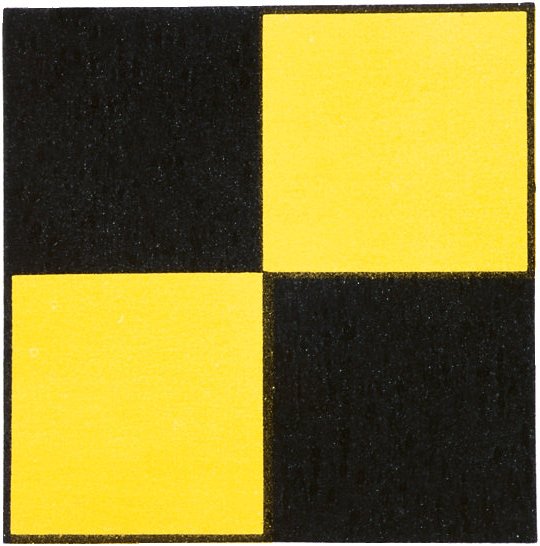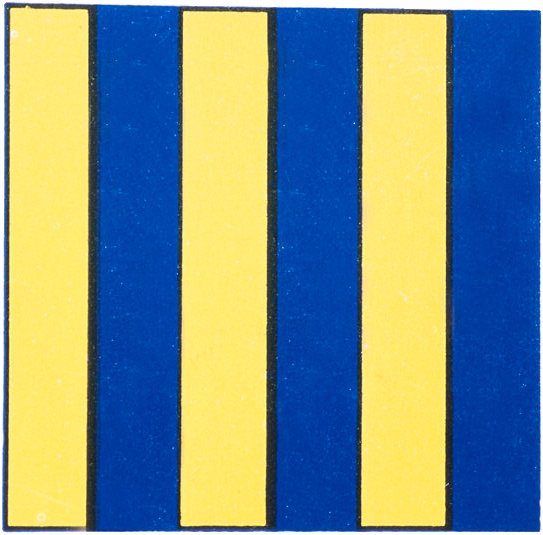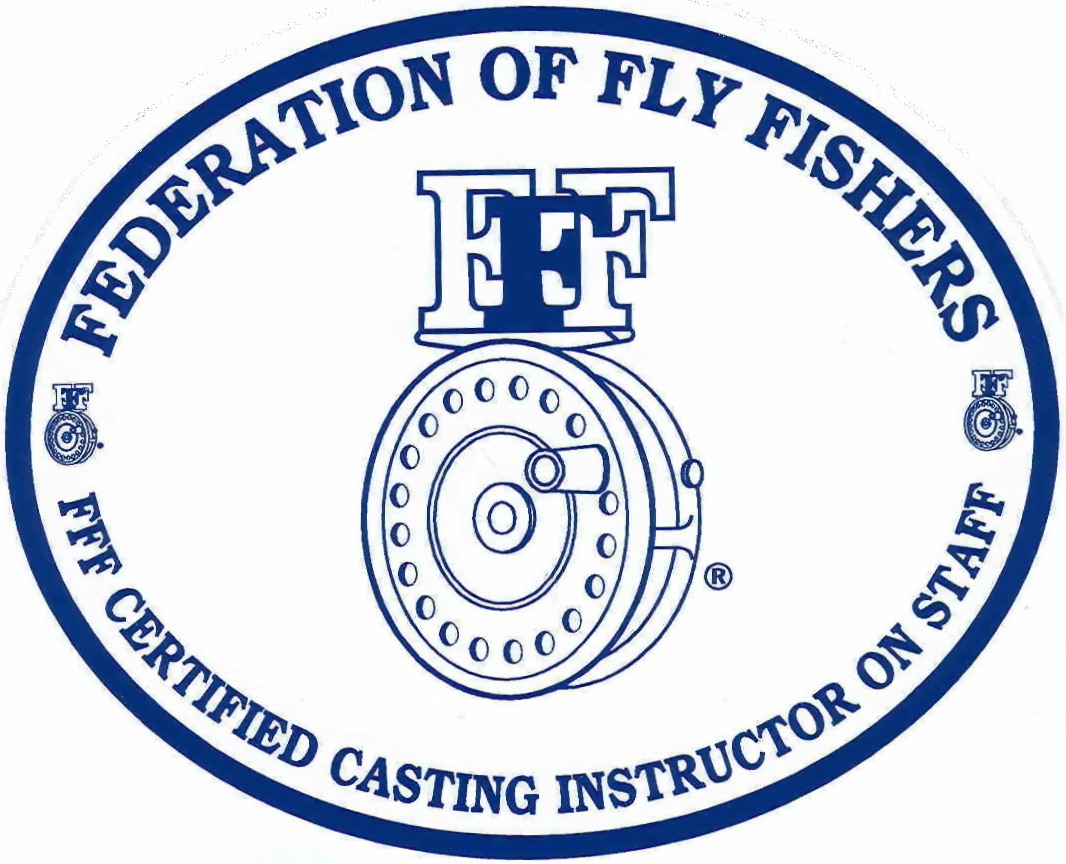Pulling The Fly From The Feeding Zone
by Captain Jim Barr on 09/14/16
There is a common belief that fly anglers need to strip their fly very fast during a False Albacore and Atlantic Bonito (funny fish) feed. This is typically not necessary, in fact it can be counterproductive. Like any saltwater fish that is feeding on bait fish, the angler must determine the appropriate pace and position necessary for the fish to sight the fly pattern, be tricked into believing it's the real deal, and commit to eating it. It is true that funny fish are fast swimmers, in fact two of the fastest swimming fish in the ocean. In hot pursuit of bait or in fleeing, a false albacore can swim 60 feet a second. Remember, bay anchovies, silversides or butterfish are very small and incapable of sustained speeds anywhere near that of the funny fish "drag racer". So what's the point of stripping so fast?...frankly there is little. An exception might be when you have a school of fish moving quickly to locate and chase down schooled-up bait. We've seen what happens when in the boat we attempt to follow terns and gulls that are flying just above racing and marauding tuna. However once these tuna locate a bait ball and "circle it up" they can actually become pretty controlled, slow and methodical in their feeding habits.
Once a school of false albacore and bonito circle up on a bait ball, and you cast into that melee, you can very easily pull your fly pattern out of the feeding zone too quickly by stripping over aggressively. So, what should be your strategy?
Once a school of false albacore and bonito circle up on a bait ball, and you cast into that melee, you can very easily pull your fly pattern out of the feeding zone too quickly by stripping over aggressively. So, what should be your strategy?
Let's take a look at two video's that I took of a mixed school of false albacore and bonito feeding on bay anchovy, their favorite meal.
Video #1- shows a school of fish that have balled up a school of bait and are attacking it super aggressively from multiple directions. In this frantic feed, bait fish are spraying from the water as tuna's are climbing through it at high speed but in geographically tight areas. Here, I want to use a moderate retrieve with a fly pattern that is larger than the average bait being chased. I want my fly to stand out in the crowd, I clearly cannot swim my fly in the same direction of the fleeing bait as my retrieve and the direction of the bait and the tuna may be at opposing angles. I want to anticipate from which direction the fish will likely attack, get my fly into or near the bait ball, make a relatively slow strip and await the hit. Alternatively, I may want to use a fast sinking tip fly line and get my fly out of the crush, where it can readily be distinguished from the bait school and therefore become more vulnerable. Top water breaking funny fish can follow the iceberg theory, where there is actually more action out of sight (below) the top water explosions we see in this video.
Video #2- a better video to illustrate my point about retrieval speed. Here I have put this fly angler right on top of several schools of lazy feeding false albacore. These fish have bait contained in several areas, with no avenue of escape. Here the angler is stripping his fly entirely too fast. He is a very good caster, and is laying his fly pattern in the middle of the feeding fish, but his fast retrieval rate is pulling it through and out of the feeding zone. A much better strategy is to drop the fly into the action and either dead drift it, or move it slowly as if it were injured. In this instance a close replication of the size, profile and color of the bait fish is likely more important than in Video #1 due to the casual feeding behavior of these Albies.
So the takeaway here is to study how the bait is moving, assess the feeding behavior of the fish and their speed, think about the fly selection (again, exact imitations may go unnoticed), and a retrieval rate to fit your observations. The most important element is to keep the fly in the feeding zone. It's difficult to use discipline when you're "on location", the fish are on your doorstep, busting the surface and causing your heart to jump out of your chest. Howeve through observation, planning, executing a good cast and coupling it with the right retrieve, you will unlock the mystery of catching these wonderful fish.
If you have the luxury of finding feeding fish without any competing anglers nearby, have fun, keep bent rods low and try to limit the hooting and hollering to maintain your privacy as long as possible. If you fail to be cool, you will become the Pied Piper of Hamelin and have everybody and their brother suddenly crowding your water.
If you have the luxury of finding feeding fish without any competing anglers nearby, have fun, keep bent rods low and try to limit the hooting and hollering to maintain your privacy as long as possible. If you fail to be cool, you will become the Pied Piper of Hamelin and have everybody and their brother suddenly crowding your water.
Comments (0)





